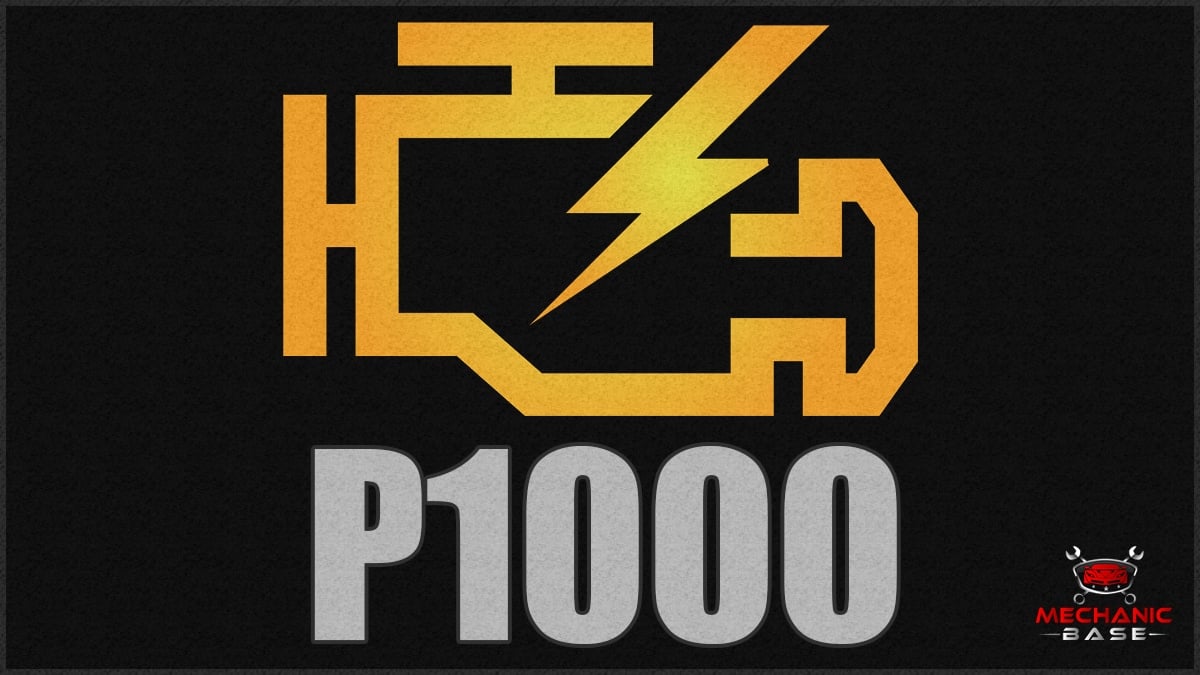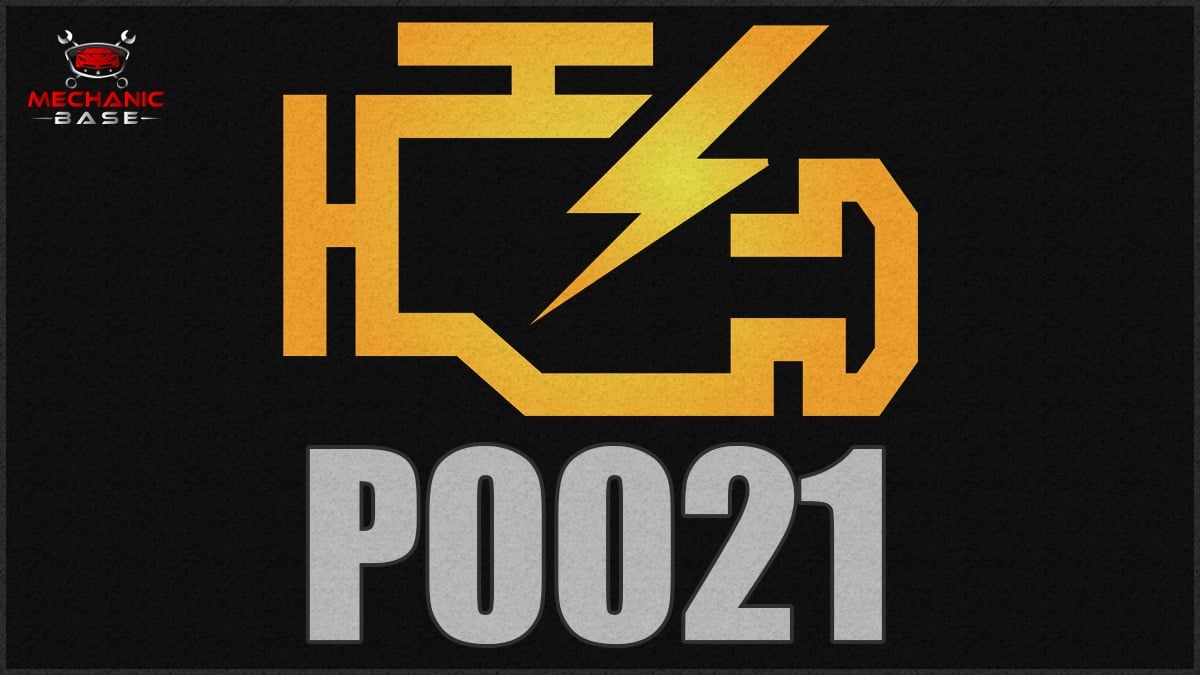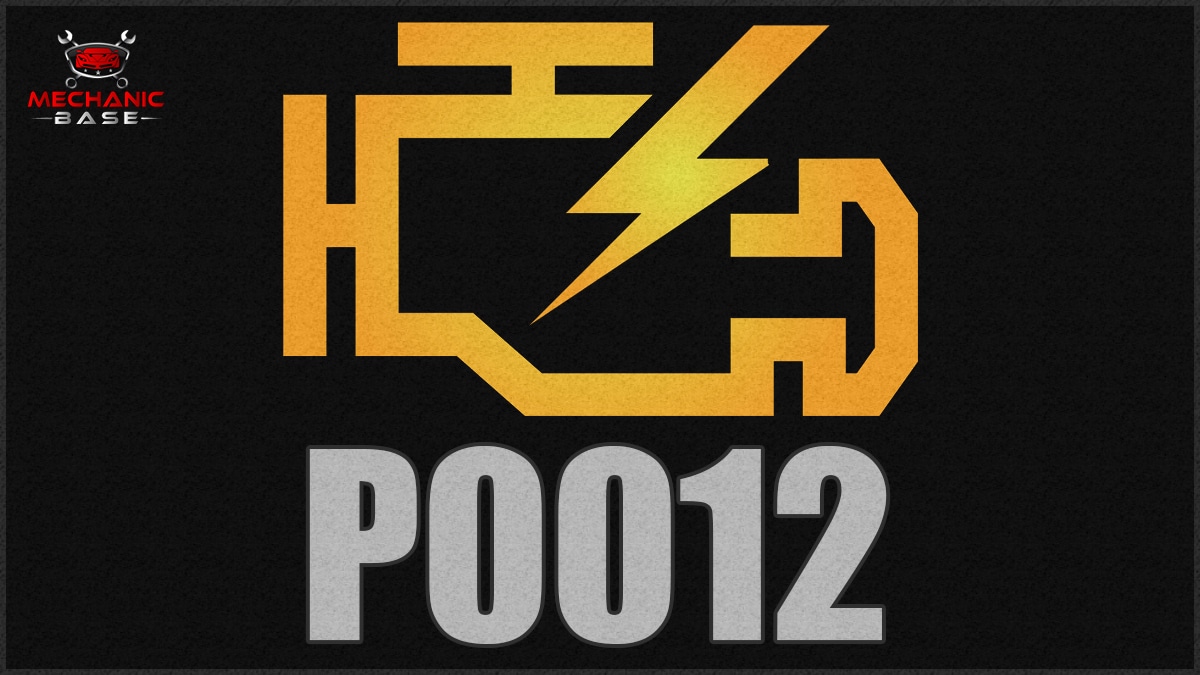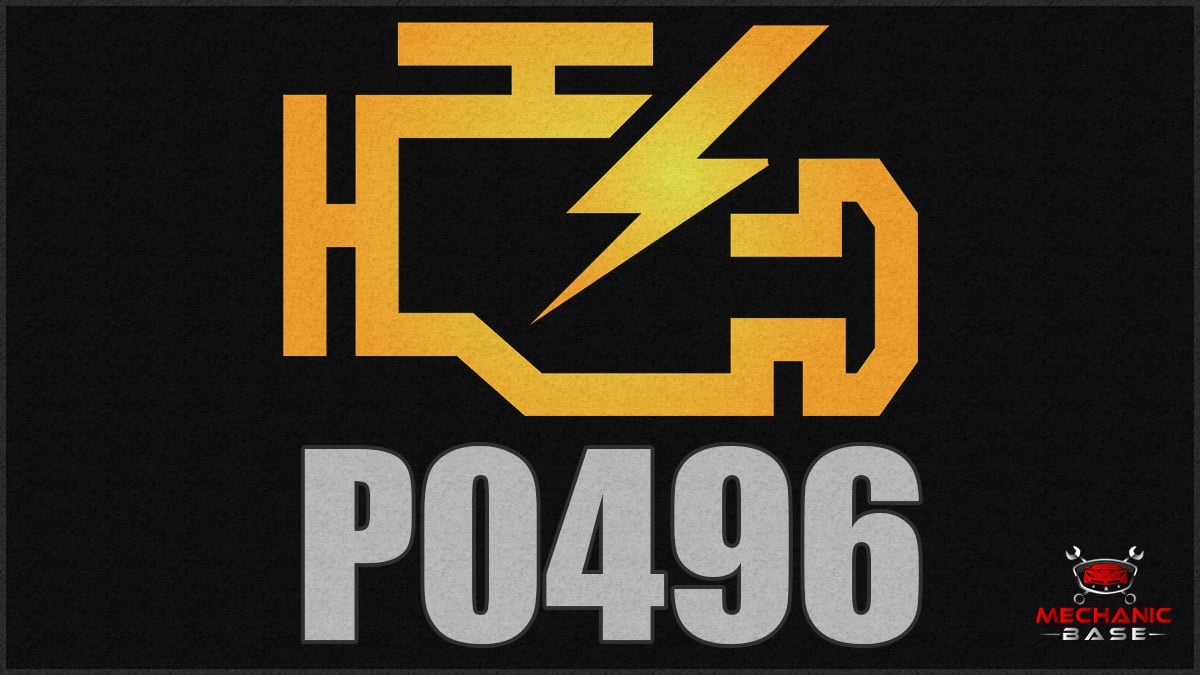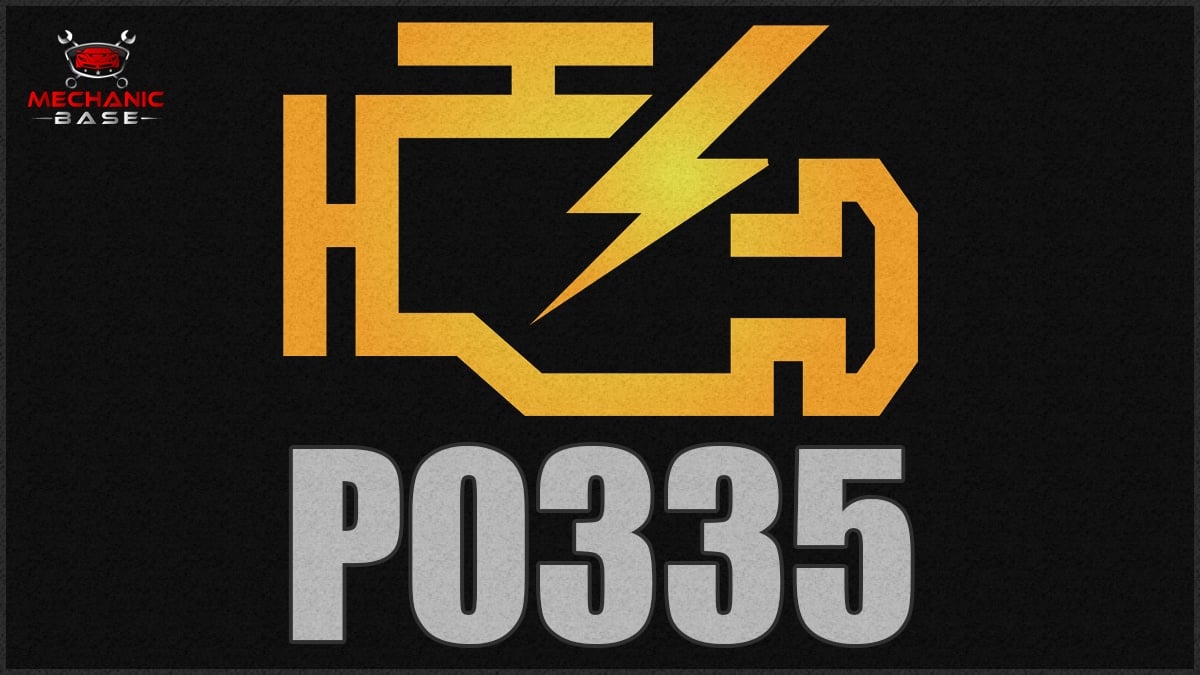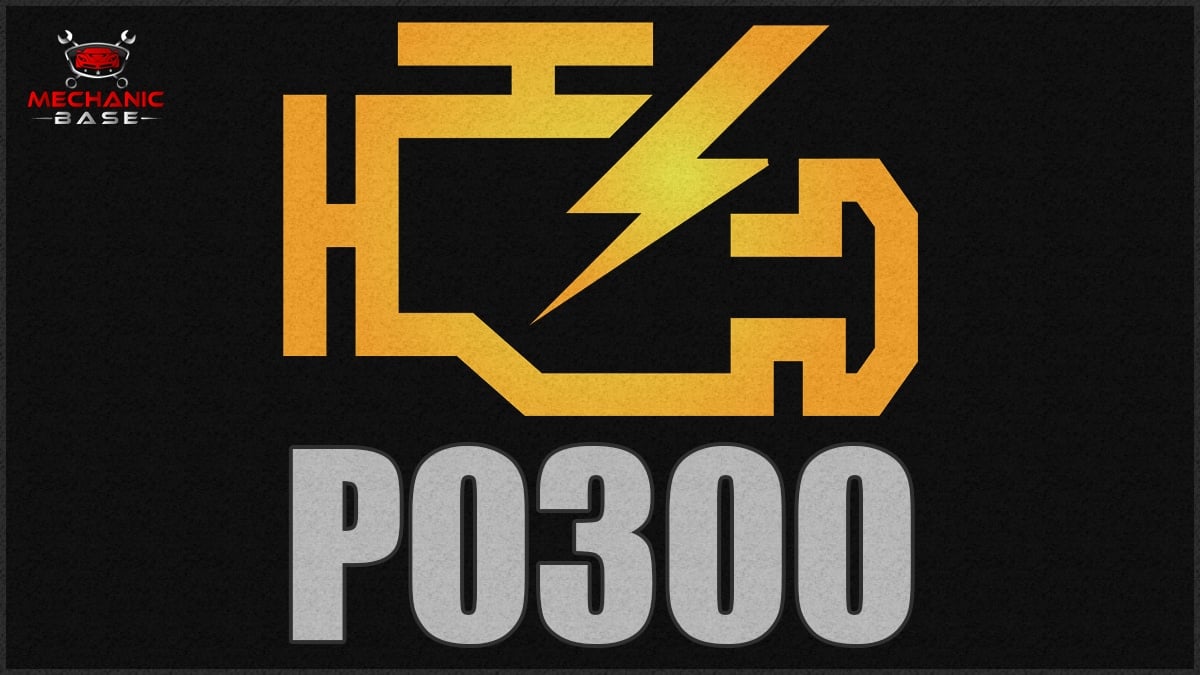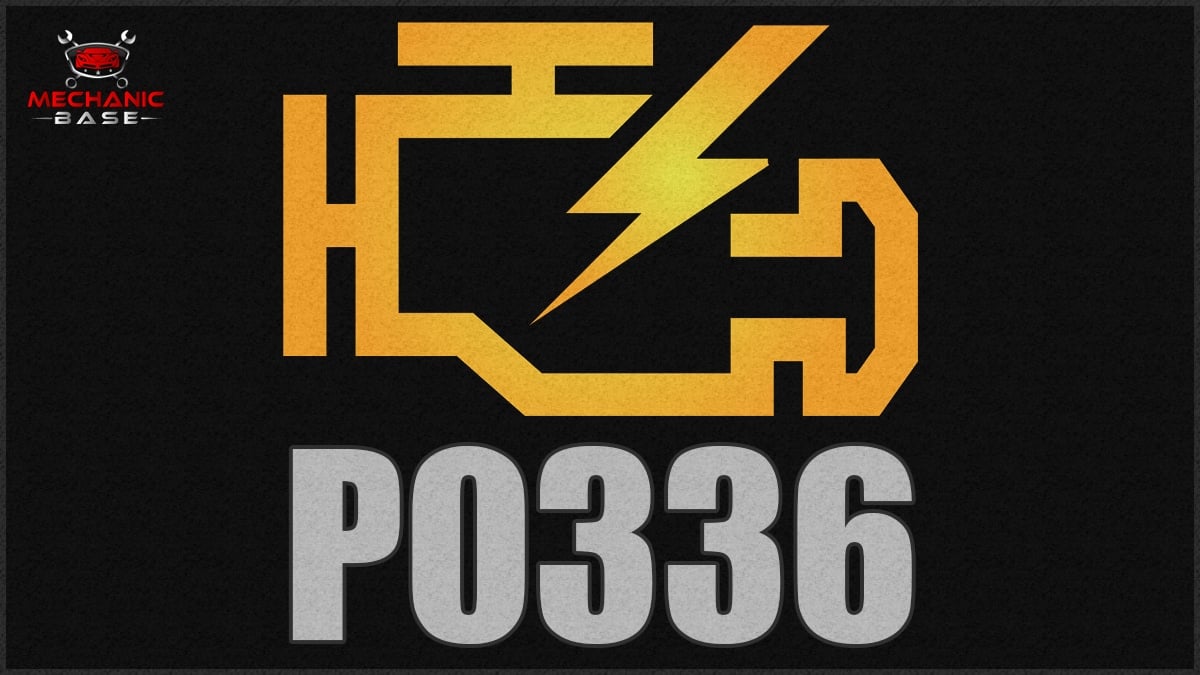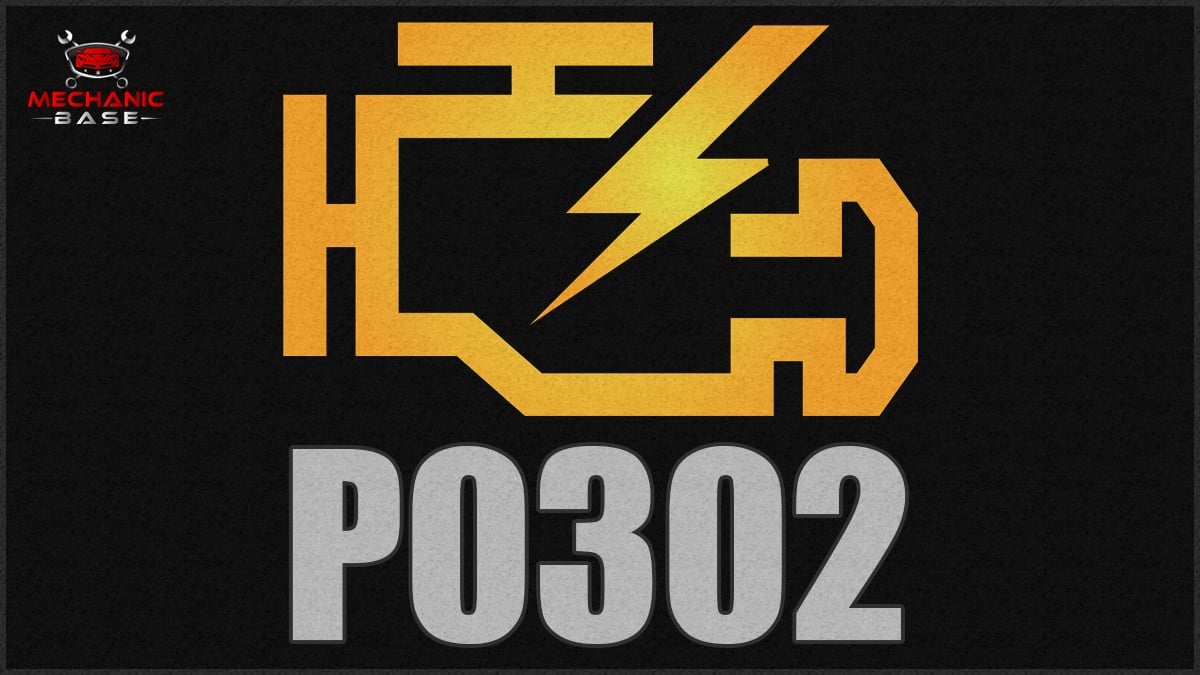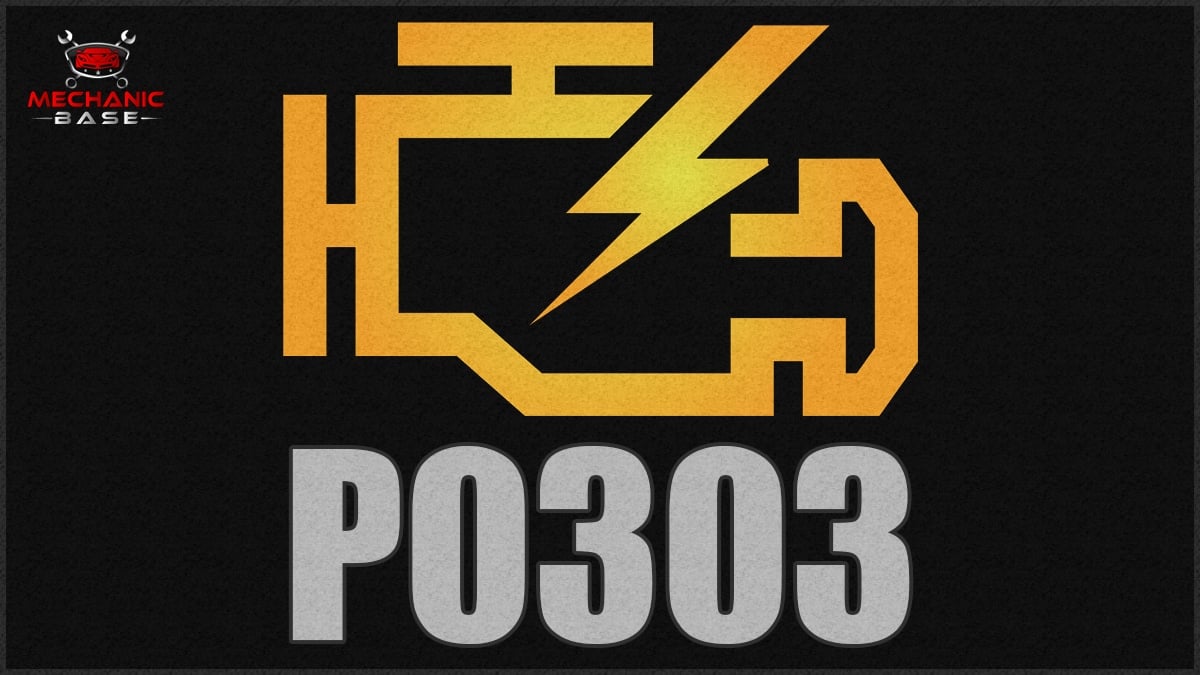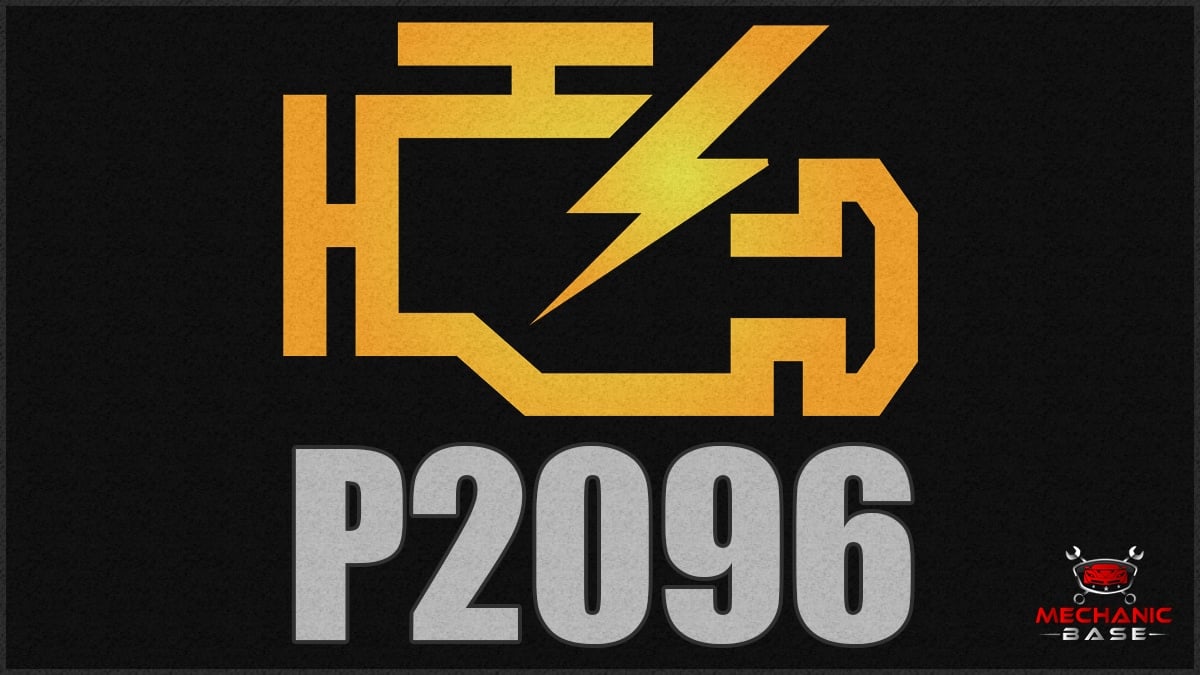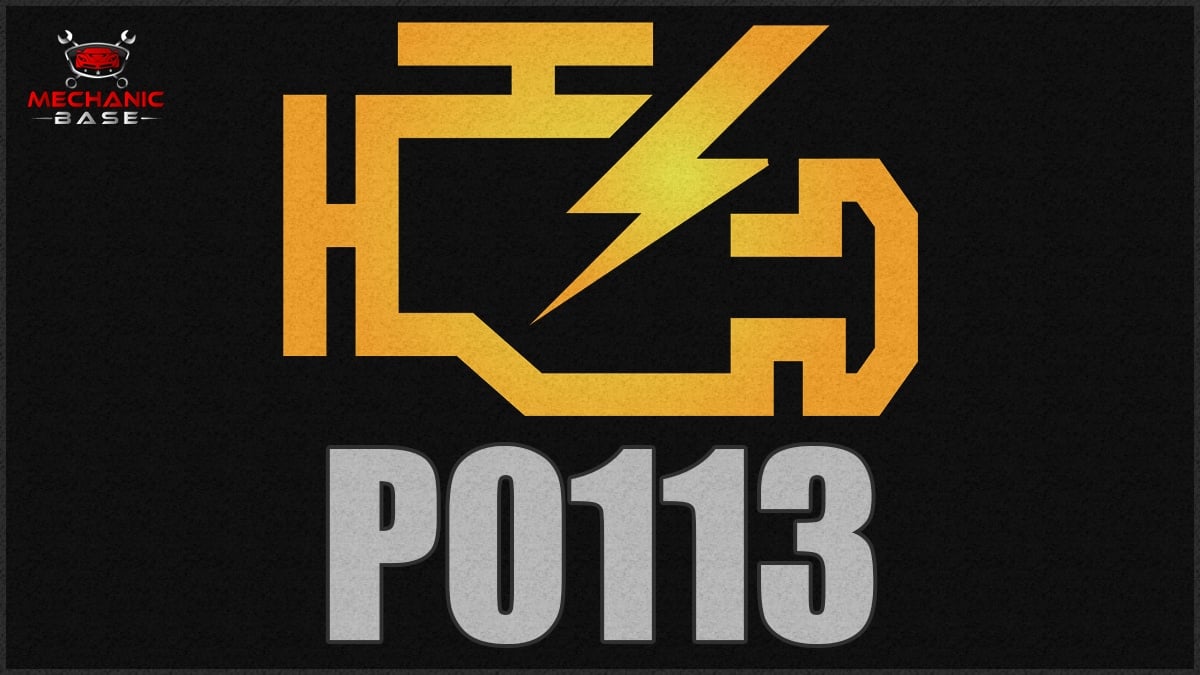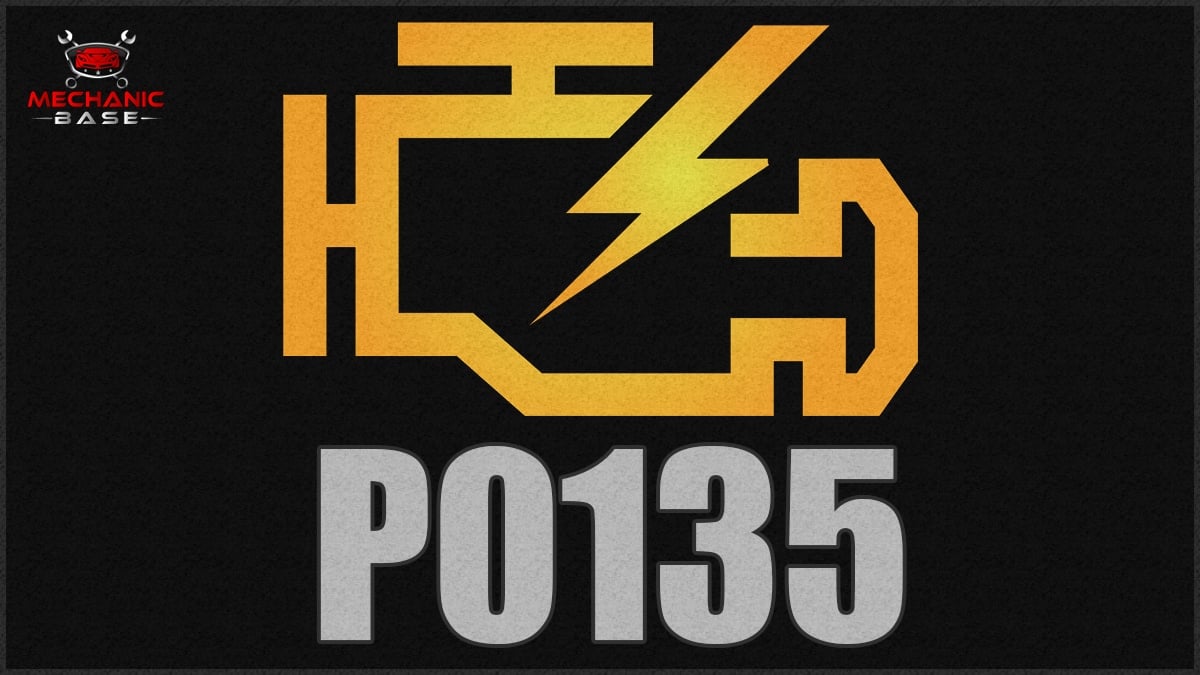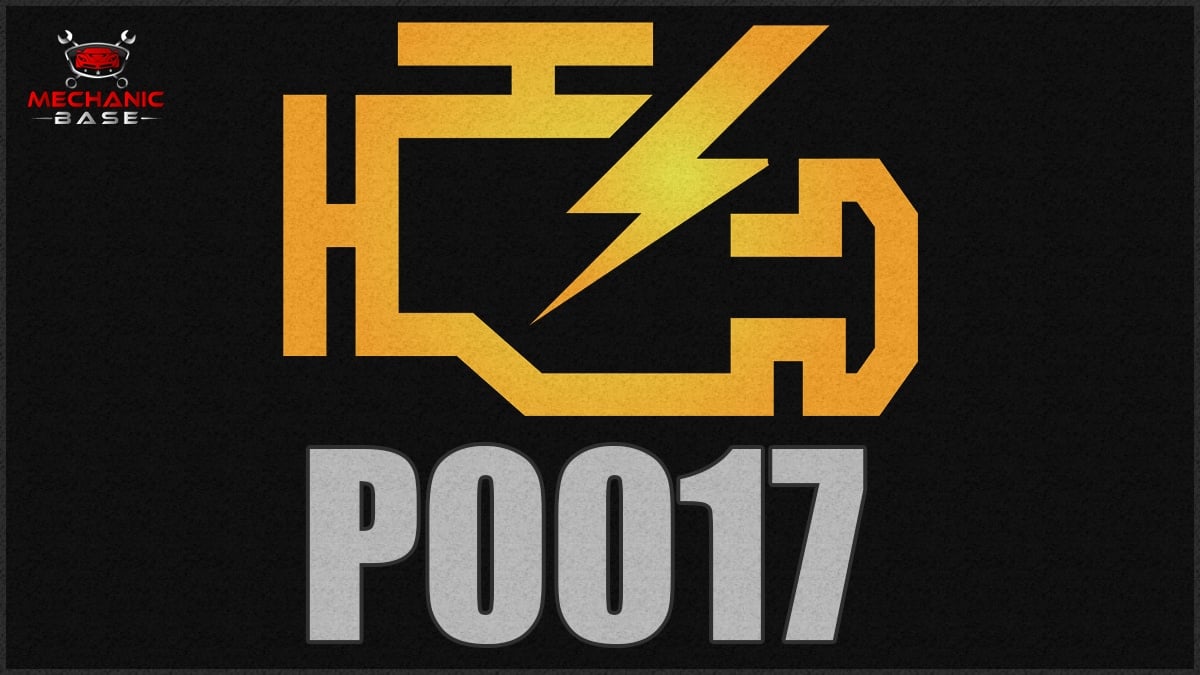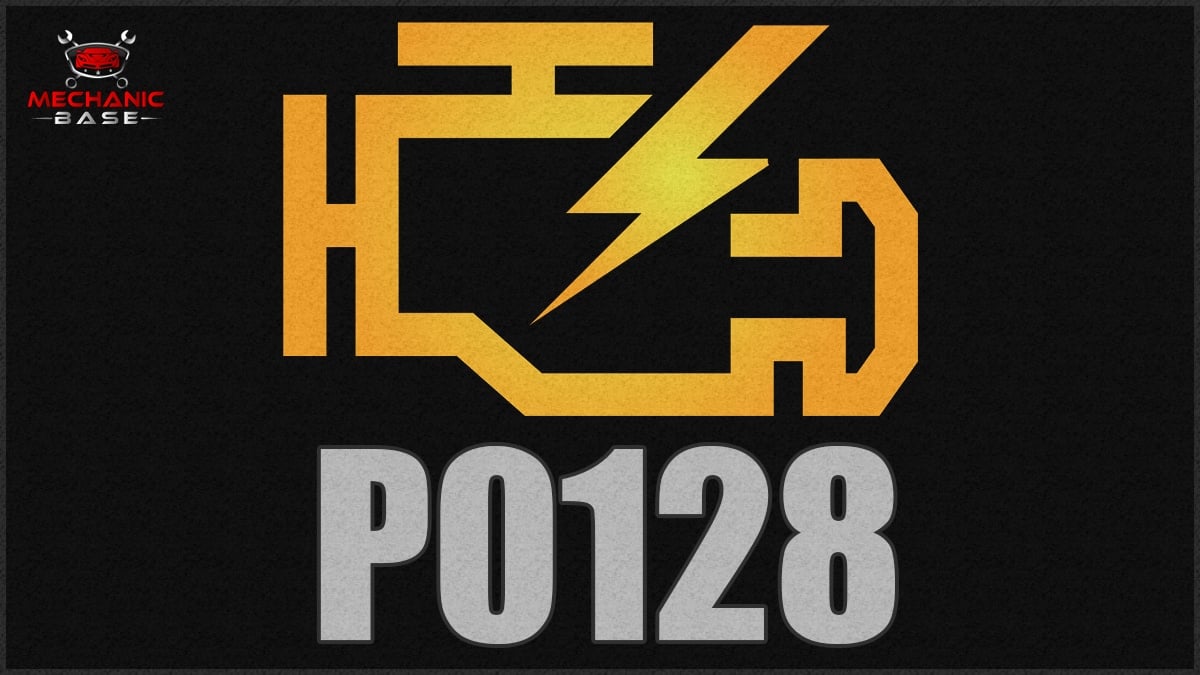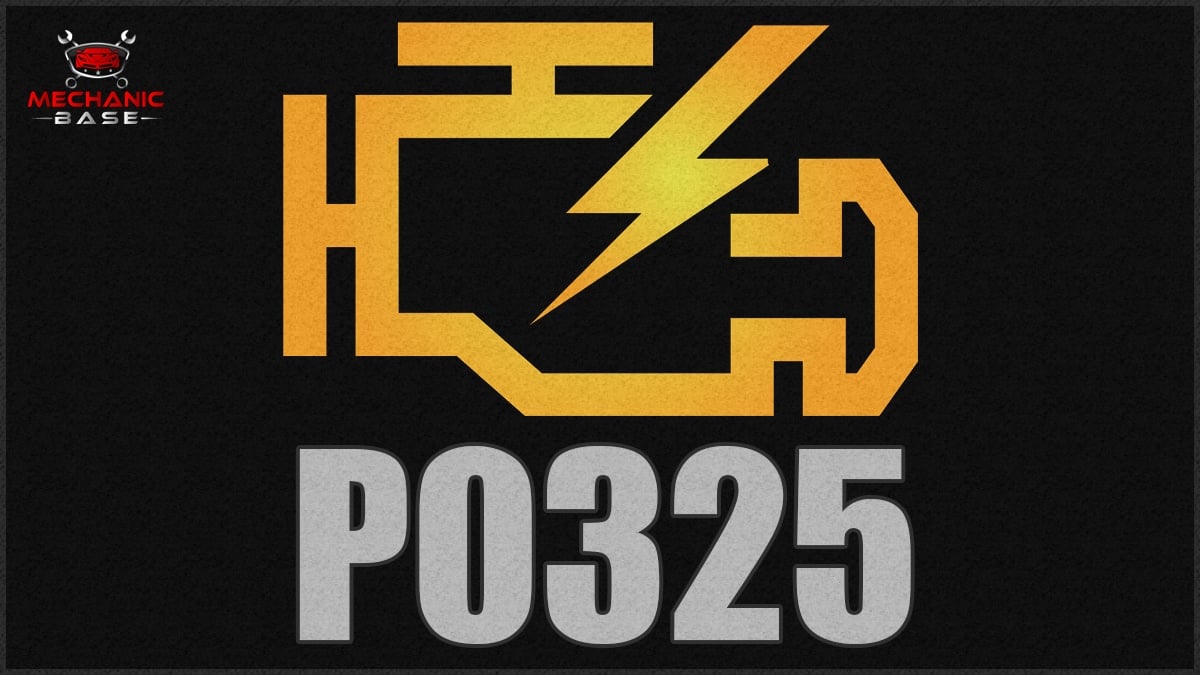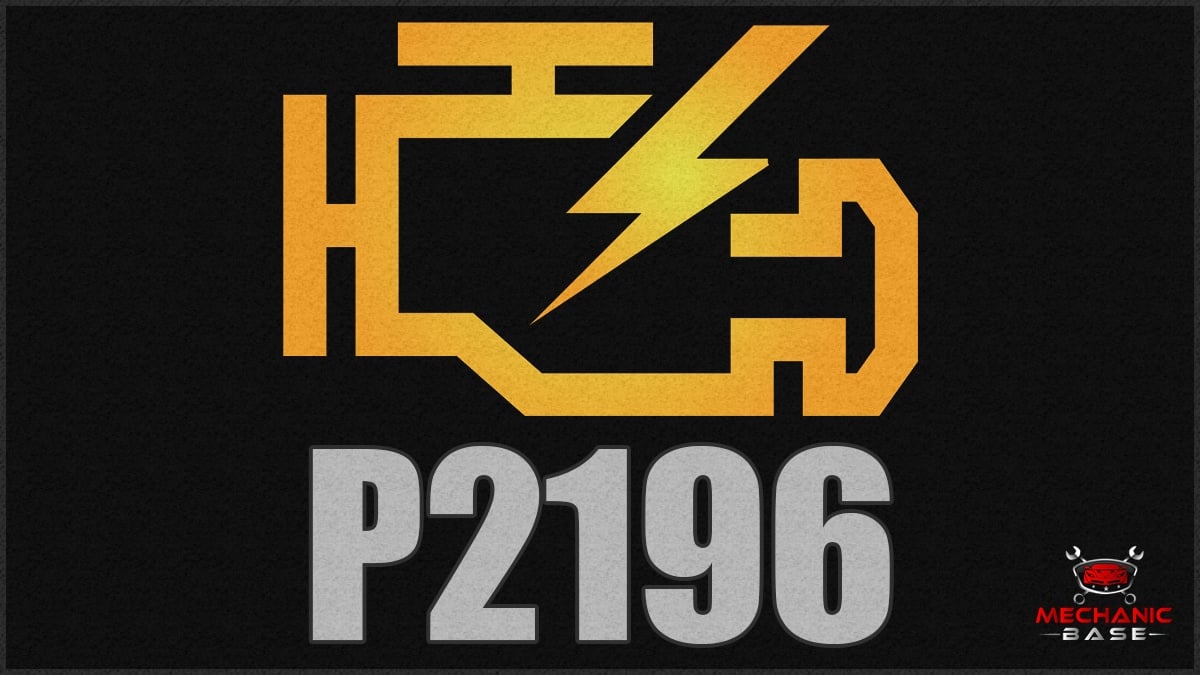The Check Engine Light is on and you found the P0507 code with your scanner. What does this mean and should you stop driving the car immediately?
In this guide, we cover the meaning of the P0507 trouble code and show you what to do about it. We also look at the top symptoms, causes and explain the best way to troubleshoot the problem.
Code P0507 Definition
P0507 – Idle Air Control System RPM Higher Than Expected
What Does the P0507 Code Mean?
P0507 is a generic diagnostic trouble code (DTC). It’s triggered on systems with an electronic throttle control because the powertrain control module (PCM) detects the engine idle speed is higher than the desired RPM set by the manufacturer. Each manufacturer sets different parameters for the specifications.
For example, with GM vehicles, the code doesn’t set until the idle speed reaches 200 RPM higher than planned. While the code is generic, it’s most often found with Chevy, Jeep, Honda, Mazda, Hyundai, Audi, Nissan and VW vehicles.
Most cars have a series of idle control system faults that can be set. These also include:
- P0505 – Idle Control System Malfunction
- P0506 – Idle Control System RPM Lower Than Expected
- P0508 – Idle Air Control Circuit Low
- P0509 – Idle Air Control System Circuit High
The purpose of the idle air control system is to work with the ECU and regular airflow to the engine. By maintaining the proper amount of airflow, the engine runs smoothly and efficiently.
What Are The Symptoms Of P0507?
Because the P0507 trouble code has to do with the idle speed of the vehicle, you are likely going to notice the idle is different than normal. You will also see the Check Engine Light on the dashboard. Here are the most common symptoms:
- Check Engine Light
- High engine idle
- Rough, erratic idle
- Rapidly fluctuating idle
- Trouble starting the vehicle
What Are The Causes of P0507?

The P0507 trouble code is related to the electronic throttle control system. Because of this, you can expect that many of the possible causes have to do with this system. Here are some of the most common:
- Vacuum leak
- Leaking EGR valve
- Leaking air intake (after the throttle body)
- Malfunctioning positive crankcase ventilation (PCV) valve
- Dirty/damaged throttle body
- Bad idle air controller (IAC) or circuit
- Faulty connection or wire
How Serious is the P0507 Code?
Low – P0507 doesn’t normally cause severe problems that interfere with driving. While the idle may be a little rougher than normal, in most cases, the car is going to continue running.
You may notice the higher idle RPM and some harsh transitions, especially while the car shifts. Either way, it’s always best to have the problems repaired before they get any worse.
How Do I Fix the P0507 Code?
We always recommend running through a series of diagnostic steps to figure out what’s wrong. Once the troubleshooting has been performed, you will know the best fix for your situation. However, here are some of the most common associated with the P0507 DTC.
- Repair vacuum leak
- Replace EGR valve
- Repair air intake leak (after the throttle body)
- Replace the positive crankcase ventilation (PCV) valve
- Clean throttle body
- Replace throttle body
- Replace the idle air controller (IAC)
- Repair damaged connection or wire
Common P0507 Diagnosis Mistakes
The most common mistake made when working with the P0507 code is to replace parts that aren’t faulty. It’s easy to jump right in there and start throwing parts at the problem, but you may also end up wasting time and money.
If the throttle body needs to be cleaned, you are looking at an easy fix. Additionally, there could simply be a loose connection or wire that’s causing the problems. For that reason, we always recommend taking your time on the diagnostic steps.
How to Diagnose the P0507 Trouble Code?
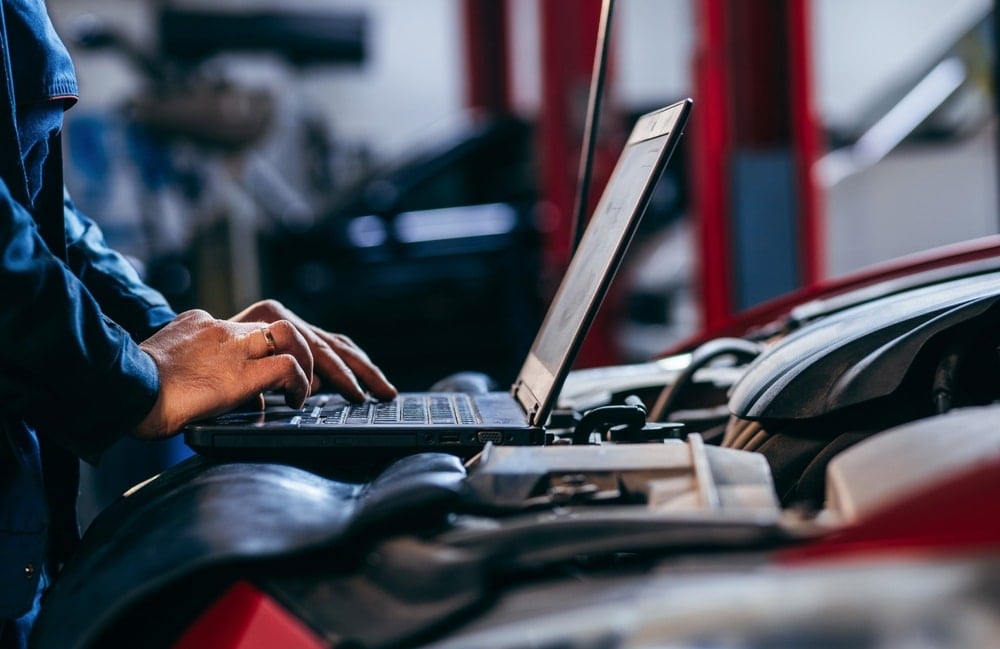
Even if you aren’t an ASE-certified technician, you can figure out what’s going on with simple tools on hand. Here are some steps to help you pinpoint the problem.
- Use your code scanner to see what’s set in the system. There could be more than the P0507 code set, so you want to use our trouble code library to figure out what’s going wrong.
- Inspect the vacuum and intake lines for any damage. You want to look at the lines and listen carefully because you may be able to hear the leak. Take a moment to check all of the connections, making sure they are secure. You can spray throttle body cleaner over the intake lines and listen for the RPM to change. If you hear a difference, you may have found the leak.
- Remove carbon buildup from the throttle body and idle air valve with the appropriate cleaner. Do not spray it directly on the part. Instead, spray your rag and wipe it on the surface.
- Test the IAC RPM speed. With your advanced scan tool, force a lower or higher idle speed to see how the engine responds.
- Check the PCV valve for any signs of blockage
- Inspect all of the electrical connections and replace any damaged wires.
If these steps don’t help you figure out the problem, it’s best to take the vehicle to a local repair shop for more guidance. While you may spend an hour or two on professional labor fees, you won’t need to continue banging your head against the wall trying to figure out what’s wrong.
How Much Does It Cost To Fix Code P0507?
The amount of money you’ll spend depends on what needs to be fixed. Here are a few estimates we’ve put together, keeping in mind that performing the repair yourself can save you more money.
- Repair vacuum leak – $125 to $300
- Replace EGR valve – $325 to $550
- Repair air intake leak (after the throttle body) – $125 to $300
- Replace positive crankcase ventilation (PCV) valve – $150 to $400
- Clean throttle body – $50 to $200
- Replace throttle body – $500 to $1,200
- Replace idle air controller (IAC) – $125 to $650
- Repair damaged connection or wire – $50 to $550
A Mechanic’s Tips About The P0507 Code
With some vehicles, it’s necessary to relearn the idle air control. You can find these procedures in your service manual, with some models simply requiring you to start the vehicle and stop it for a set interval.
With so many possible reasons for the P0507 code to be set, it’s not always the easiest one to figure out. That’s why we always recommend scanning the system for other codes and possibly fixing those first. In the process, you may fix the P0507 DTC and avoid having to go through a lot of diagnostics.
Is code P0507 serious?
No, it may cause some minor issues with the idle and create a rougher ride, but it’s not normally going to cause any major malfunctions. However, it’s still recommended to fix the problem as soon as possible, to ensure a smoother ride and to get the Check Engine Light off of the dashboard.
Can I drive with a P0507 code?
Yes, in most cases you can continue to drive without any major problems. There may be some minor issues with the idle acting erratically, but in most cases, it shouldn’t get any worse. Still, you want to have it repaired as soon as you can to avoid any drivability concerns.
Can a vacuum leak cause a P0507?
Yes, a vacuum leak can allow air into the engine in excess, which would create an erratic idle and set the P0507 code. Because the air-fuel mixture is monitored in the combustion chamber, any excessive leak of air is going to alert the computer. The larger the leak is, the more issues you may have with the idle.
How do I know if my idle air control valve is bad?
If the car is having trouble starting or you notice a rough idle, the idle air control valve may be bad. It could be clogged or defective. We recommend cleaning it first to see if that fixes the problem. If not, you want to replace it, which isn’t a difficult job to perform with some basic knowledge and tools.
With the P0507 code, you aren’t looking at any major issues. You may even be able to continue driving if the rough idle doesn’t get too severe. Yet, just because you can drive doesn’t mean you should continue ignoring the problem. After all, you want to get the Check Engine Light off of your dashboard so you know if another problem is occurring.
Take your time and walk through the diagnostic steps we’ve laid out. As professional mechanics, we have seen many people replace parts when they aren’t needed. If a simple connection needs to be fixed or you need to clean a part, you could save a lot of money and time.
Categories: OBD Codes

